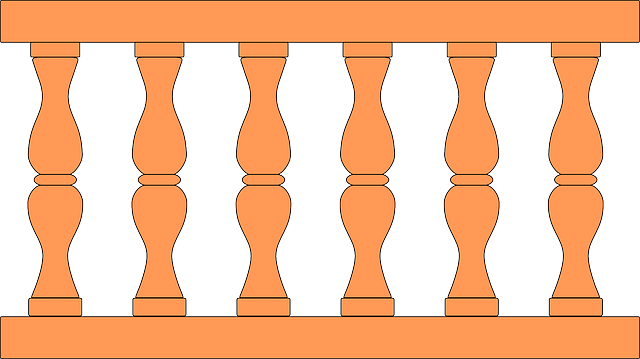For New Bedford, Massachusetts homeowners looking to enhance their outdoor spaces, installing a fence offers both privacy and security. This comprehensive guide tackles the DIY fence installation process, from planning to finishing touches. We’ll walk you through permitting and layout considerations tailored to your yard’s unique features. Next, discover the best material choices for enduring New Bedford weather. Finally, follow our step-by-step instructions for a successful installation, culminating in expert tips on gates, lighting, and maintenance to ensure your new fence thrives.
- Planning Your Fence Installation: Permits and Layout
- Choosing the Right Fence Material for New Bedford Climate
- Step-by-Step Guide: Post Setting and Panel Installation
- Finishing Touches: Gates, Lighting, and Maintenance Tips
Planning Your Fence Installation: Permits and Layout
Before starting your DIY fence installation, planning is crucial. Begin by checking with your local New Bedford, Massachusetts authorities to understand any necessary permits for installing a fence. This step varies depending on your location and property type, so it’s essential to inquire about specific requirements. Once you have the go-ahead, carefully consider the layout of your fence. Measure the perimeter of your property to determine the required length of fencing material. Sketch out a rough plan incorporating any specific design elements or style preferences you have in mind. This layout will guide your shopping and installation process, ensuring a successful DIY project.
Choosing the Right Fence Material for New Bedford Climate
When selecting fence materials for your New Bedford home, consider the region’s unique climate conditions. The weather in Massachusetts can vary significantly throughout the year, from hot summers to cold winters and heavy rain. Therefore, choose materials that can withstand these elements. Opt for durable options like vinyl or treated wood, which are resistant to rot, mold, and mildew. These materials also require minimal maintenance, ensuring long-lasting beauty and functionality.
Additionally, consider local regulations and neighborhood aesthetics. New Bedford may have specific guidelines on fence styles and heights, so review building codes before purchasing materials. Choosing a material that aligns with these rules will ensure your fence not only protects your property but also enhances the overall look of your neighborhood.
Step-by-Step Guide: Post Setting and Panel Installation
Setting posts and installing fence panels is a crucial step in your DIY fence project. Begin by marking the line where your fence will stand using string and stakes. Dig holes for each post, ensuring they are deep enough to provide stability—at least one-third of the post’s height should be below ground level. Place the posts in the holes and use concrete to secure them, allowing it to set completely.
Once the posts are firmly in place, measure and cut your fence panels to fit between them. Install the panels by positioning them on top of the posts and securing them with brackets or nails, ensuring they are level and aligned. This step-by-step process requires precision and attention to detail but can be achieved with the right tools and a few key tips for a sturdy and attractive fence.
Finishing Touches: Gates, Lighting, and Maintenance Tips
After completing the fence installation, adding the finishing touches can greatly enhance both the functionality and aesthetic appeal of your new fence. Consider installing a gate to provide easy access in and out of your property, ensuring it’s properly aligned and operates smoothly. Lighting is another essential addition; strategically placed post lights or a security lighting system not only improves visibility but also adds a layer of safety to your outdoor space. Regular maintenance is key to keeping your fence in top condition. This includes cleaning the fence regularly, checking for loose or damaged boards, and applying fresh paint or sealant as needed. By following these simple steps, you’ll ensure that your DIY fence installation not only looks great but also stands the test of time.
